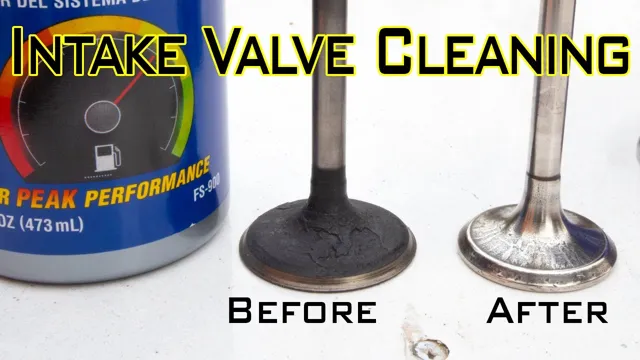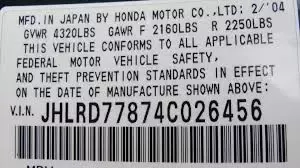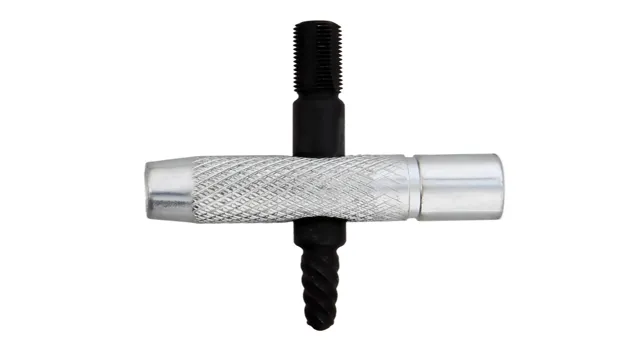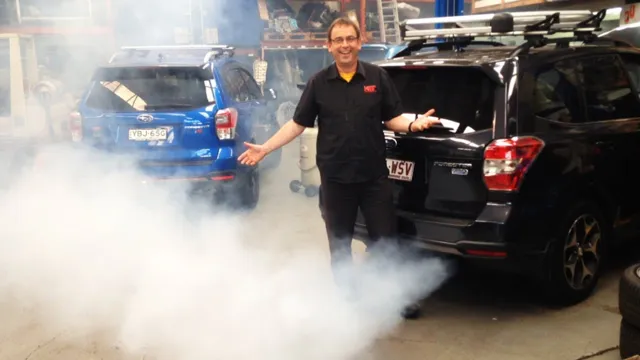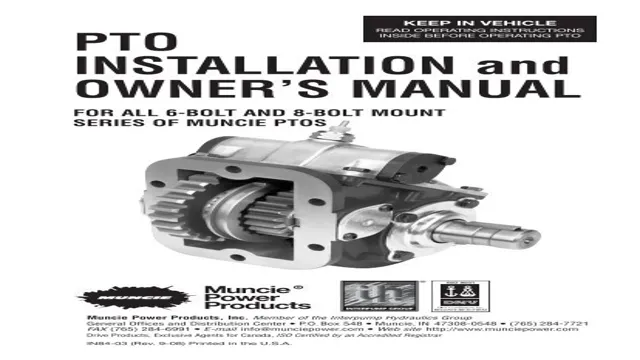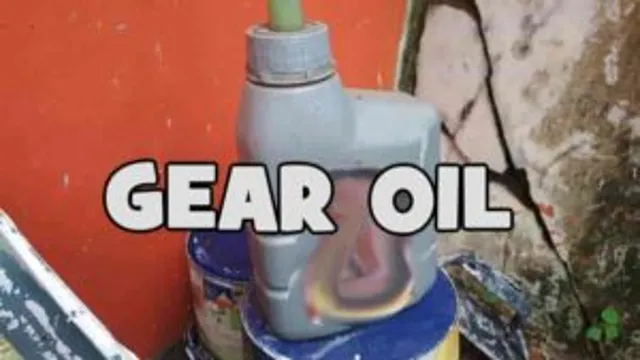Revive your Car’s Performance: Easy Steps to Clean Intake Valves Without Removing the Head!
Is your car or truck experiencing reduced performance or gas mileage? The dirty intake valves could be the culprit. Cleaning intake valves without removing the head may seem like a daunting task, but it’s possible. In this blog post, we’ll share some tips and tricks on how to clean your intake valves and restore performance without having to remove the head of your engine.
It’s a cost-effective and easy way to breathe new life into your vehicle’s engine without breaking the bank. So, sit back, relax, and let’s dive in!
Why Clean Intake Valves?
Keeping your engine’s intake valves clean is crucial to maintaining optimal fuel efficiency and engine performance. The buildup of carbon deposits on the valves can result in restricted airflow, leading to power loss, poor fuel economy, and potentially even engine damage. Fortunately, there are ways to clean your intake valves without removing the head.
One method includes using specialized chemicals to dissolve and remove carbon buildup on the valves. These chemicals are introduced into the engine through the intake manifold, where they break down the carbon deposits. Another method involves using walnut shell blasting, where finely ground walnut shells are used to blast away carbon buildup on the valves.
Both of these methods can be effective in cleaning intake valves and restoring engine performance, but it’s important to consult your mechanic before attempting them to ensure that they are appropriate for your engine type and condition. Keeping your engine’s intake valves clean can extend the life of your engine and improve its overall performance, so be sure to prioritize this maintenance task.
Improve Fuel Efficiency and Power
If you want to improve fuel efficiency and power, one of the best things you can do is to clean your intake valves. Over time, these valves can become clogged with carbon deposits, which can restrict airflow and make it harder for your engine to work efficiently. By cleaning your intake valves, you can remove these deposits and restore proper airflow, which can lead to improved power, acceleration, and fuel economy.
Think of your engine like a funnel – the more air it can take in and process, the more efficiently it can run. When your intake valves are dirty, it’s like trying to pour a thick liquid through a clogged funnel. That thick liquid represents the air that your engine needs to run, and the clogged funnel is the restricted airflow caused by carbon deposits on your intake valves.
Cleaning your intake valves doesn’t have to be a difficult or expensive process. There are a number of products on the market that can help dissolve and remove carbon deposits, and many of them are easy to use. By taking the time to clean your intake valves on a regular basis, you can help ensure that your engine is running at its best, which can lead to significant improvements in power and fuel efficiency.
So why wait? Give your engine the care it deserves and see the difference that clean intake valves can make!
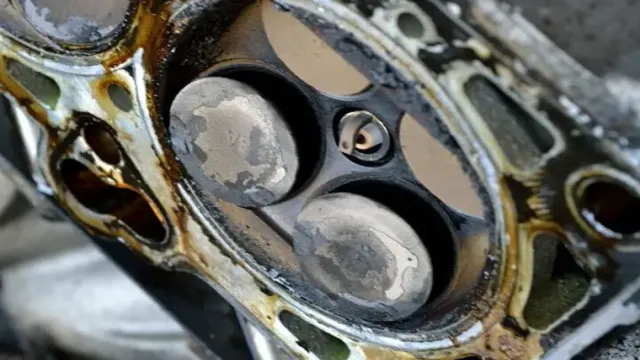
Avoid Costly Repairs
Cleaning your engine’s intake valves may seem like an extra task to add to your maintenance list, but it can actually save you money in costly repairs down the road. Over time, intake valves can become clogged with carbon deposits, hindering their ability to function properly. This can lead to poor engine performance, decreased fuel efficiency, and even engine knock.
By cleaning your intake valves regularly, you can ensure that your engine is running at its best and avoid these issues altogether. Think of it like cleaning your teeth – you brush every day to prevent cavities and other dental problems, so why not do the same for your car’s engine? It’s a simple task that can pay off in the long run. So, next time you’re doing your vehicle maintenance, don’t forget to add cleaning your intake valves to the list.
Tools and Supplies Needed
If you’re wondering how to clean intake valves without removing the head, there are a few tools and supplies that you will need to get started. Firstly, you’ll need an intake valve cleaner. This can be purchased from a local auto parts store or online retailer.
Next, you’ll need a can of compressed air to help blow away any loose debris. You’ll also need a set of extension wands to help you reach the valves and a microfiber cloth to collect any excess dirt and grime. Lastly, you’ll need a bit of elbow grease and patience as this can be a time-consuming process.
One thing to keep in mind is that regular cleaning of your intake valves can help improve the performance and fuel efficiency of your vehicle. So, take the time to get the right tools and supplies, and start cleaning your intake valves today!
Intake Valve Cleaner
One important tool for maintaining your vehicle’s engine performance is an intake valve cleaner. This specialized cleaner helps remove buildup and deposits from the intake valves, which can accumulate over time and cause engine issues. To use an intake valve cleaner, you’ll need a few supplies.
First, you’ll need the cleaner itself, which can typically be purchased at an automotive supply store or online. You’ll also need some basic tools, such as a screwdriver to remove the air filter cover and access the intake valves. Additionally, you may want to wear gloves and eye protection while using the cleaner, as it can be harmful if it comes into contact with your skin or eyes.
With these tools and supplies on hand, you can easily use an intake valve cleaner to keep your engine running smoothly and efficiently. Don’t overlook this important maintenance step if you want your vehicle to perform at its best!
Air Compressor
If you’re looking to buy an air compressor, there are a few tools and supplies you’ll want to have on hand to make sure you can use it properly. One key item you’ll need is a hose that can connect to both the compressor and the tools you plan to use. You’ll also want to invest in an air filter to ensure the air being pumped through the hose is clean and ready to use.
A regulator is another useful tool to have, as it allows you to adjust the pressure of the air coming out of the compressor, which is important because not all tools require the same level of pressure. Finally, it’s worth investing in some pneumatic tools to use with your air compressor, like a nail gun or impact wrench. These tools are designed to work with air compressors, and will help you get the most out of your purchase.
With these tools and supplies on hand, you’re ready to tackle any project that requires the use of an air compressor!
Spray Bottle
If you’re planning to use a spray bottle for any purpose, you’ll need a few tools and supplies to get started. First, you need to select the right type of spray bottle. Consider what kind of liquid you will be using, as some spray bottles may not be suitable for all types of fluids.
Next, make sure you have enough of the liquid you’ll be using to fill the spray bottle to your desired level. You’ll also need a funnel to make it easier to fill the bottle without spilling liquid everywhere. Depending on the intended use of the spray bottle, you might need additional tools, such as a cleaning cloth or brush for cleaning or a measuring cup for mixing different fluids.
Remember to label the spray bottle clearly, indicating the contents and purpose of the bottle. When using the spray bottle, always follow the instructions and safety guidelines to avoid accidents or damage. By taking the time to gather the necessary tools and supplies, you can ensure that your spray bottle is effective and safe to use for all your needs.
Step-by-Step Guide
If you want to improve engine performance and avoid expensive repairs, cleaning intake valves is essential. The good news is that you don’t need to remove the head to get the job done. Follow these simple steps to clean your intake valves without any headaches.
Firstly, remove the air intake duct with a screwdriver and inspect the throttle body for any dirt or debris. If you find any, clean it with a rag or soft brush. Next, purchase a good quality intake cleaner and spray it directly into the throttle body while keeping the engine running at a high idle.
The cleaner will break down the carbon deposits, which will be flushed out with the exhaust gases. Repeat the process two or three times, and you will notice a significant improvement in engine performance. Finally, reinstall the air duct and test drive your car to make sure everything is working correctly.
That’s it! With these easy steps, you can clean intake valves without removing the head and keep your engine running smoothly.
Locate the Intake Valves
Locating the intake valves can be crucial when it comes to maintaining and repairing an engine. The first step is to identify the type of engine and its cylinder layout, as the location of the intake valves may vary depending on these factors. Once this is determined, the next step is to locate the air filter housing, which is typically located on top of the engine.
From there, follow the air intake duct to the throttle body. The intake valves should be located directly behind the throttle body. It’s important to note that some engines may have an intake manifold that covers the valves, making them harder to access.
In this case, consulting the engine’s manual or seeking professional assistance may be necessary. Overall, locating the intake valves is an essential part of engine maintenance and repair, and taking the time to do so can save time and money in the long run.
Spray Intake Valve Cleaner
If you’re experiencing a rough engine idle or reduced fuel efficiency, it may be time to clean your spray intake valve. Fortunately, it’s an easy process that can be done with the help of a spray intake valve cleaner. Here’s a step-by-step guide to walk you through the process.
First, locate your spray intake valve, which is usually found on the intake manifold. Then, remove the air intake hose from the valve. Next, spray the cleaner into the valve while the engine is running.
Be sure to follow the instructions on the product carefully and wear protective gloves and eyewear throughout the process. Once the spray has been applied, let the engine idle for several minutes to allow the cleaner to work its magic. This will help to break down any built-up debris and improve the flow of air and fuel to your engine.
Finally, shut off the engine and reconnect the air intake hose to the valve. That’s it! After cleaning your spray intake valve, you should notice improved engine performance and fuel efficiency. Be sure to consult your vehicle manual for recommended cleaning intervals to keep your engine running smoothly.
Remember, a small investment of time and effort in preventative maintenance can save you big repairs down the road.
Let Cleaner Sit
When it comes to cleaning, many people overlook the importance of letting the cleaner sit before wiping it away. This step is crucial in ensuring that the cleaner has enough time to penetrate and dissolve any grime or dirt, making the cleaning process much easier and more effective. To let the cleaner sit, simply apply the product to the surface and allow it to sit for the recommended amount of time specified on the label.
This could be anywhere from a few seconds to a few minutes depending on the type of cleaner and the level of dirt. During this time, the cleaner will start to break down the dirt and grime, making it easier to wipe away with minimal effort. Skipping this step could mean that you’ll need to apply more force and use more elbow grease, which can damage the surface and make cleaning a lot harder than it needs to be.
So, take a few extra minutes to let the cleaner sit and do its job – trust us, you’ll thank yourself later!
Blow Out Cleaner and Debris
Blow Out Cleaner If you’re planning to clean your air conditioner, a blow out cleaner should be at the top of your list. This type of cleaner is specifically designed to remove dirt, dust, and debris from the inside of your air conditioning system, making it run more efficiently. But before you start, it’s important to turn off the power to your unit and remove any debris from around the outside of it.
Once you’ve done that, remove the cover and use a brush or vacuum cleaner to remove any loose dust and dirt from the fins and coils. Next, use the blow out cleaner to blast air through the fins and coils, removing any stubborn dirt and debris that may be stuck inside. Finally, reinstall the cover, turn the power back on, and enjoy cool, clean air.
By using a blow out cleaner, you’ll ensure that your air conditioner runs smoothly and efficiently, saving you money on energy bills.
Preventing Intake Valve Buildup
Keeping your vehicle’s intake valves clean can be a tricky task, but it is essential to maintain your car’s performance and efficiency. The buildup of carbon and other debris can negatively impact fuel efficiency and engine performance, resulting in costly repairs down the line. One way to prevent intake valve buildup is by using specialized cleaning products designed to break down the gunk that accumulates on the valves.
These products can be added to your fuel tank, allowing them to be distributed throughout the system gradually. Another option is to use specialized tools, such as a media blaster or walnut shell blaster, to remove the buildup. These tools work by targeting the buildup specifically and breaking it down without damaging the surrounding components.
By keeping your intake valves clean, you can extend the life of your vehicle engine and enjoy a smoother ride overall.
Use High Quality Gasoline
High Quality Gasoline, Intake Valve Buildup Using high quality gasoline is an excellent way to prevent intake valve buildup in your vehicle’s engine. The buildup on the intake valves is caused by a combination of engine oil vapors, carbon, and other contaminants which can be found in lower quality gasoline. By choosing high-quality gas, you’re giving your engine a better chance to function properly while also reducing the risk of harmful buildup.
A higher quality fuel can provide your engine with the necessary additives and detergents to keep the intake valves clean and prevent deposits from forming. So go ahead, fuel up with the good stuff and help keep your engine running smoothly for longer.
Add Fuel System Cleaner Regularly
If you want to prevent buildup in your engine’s intake valves, adding fuel system cleaner regularly is a must. Over time, deposits can build up on the valves from the gasoline, which can negatively impact your car’s performance. These deposits can also cause misfires and other issues that can be costly to fix.
By using a fuel system cleaner regularly, you can remove these deposits and prevent new ones from forming. It’s like giving your car a deep clean to keep it running smoothly. Think of it like brushing your teeth – if you only do it once in a while, you’ll end up with a buildup that can cause problems down the road.
So, make sure you add fuel system cleaner on a regular basis to keep your engine running smoothly.
Conclusion
Well, as we’ve learned today, clean intake valves are essential for optimal engine performance and fuel efficiency. And while the thought of having to remove the cylinder head for a thorough cleaning may seem daunting and costly, fear not! There are numerous ways to clean those pesky valves without going through all that hassle. From DIY solutions using household items to professional cleaning products, there’s a method out there for every level of car enthusiast.
So don’t let dirty valves slow you down! Keep your engine running smoothly and easily with these simple, yet effective cleaning techniques.”
FAQs
What is the best way to clean intake valves without removing the head?
One effective method is using a specialized intake valve cleaner with a spray applicator. Follow the instructions carefully and ensure the engine is warm before use.
Can carbon buildup on the intake valves be prevented?
Yes, regular use of a fuel system cleaner can help prevent carbon deposits from forming on the intake valves.
How often should intake valves be cleaned?
This can vary depending on the driving conditions and type of fuel being used. In general, it’s recommended to have the intake valves inspected and cleaned every 30,000 miles or every 3 years.
Will cleaning the intake valves improve engine performance?
Yes, cleaning the intake valves can help improve engine performance by restoring proper airflow and combustion efficiency. This can result in better fuel economy, increased power, and reduced emissions.

